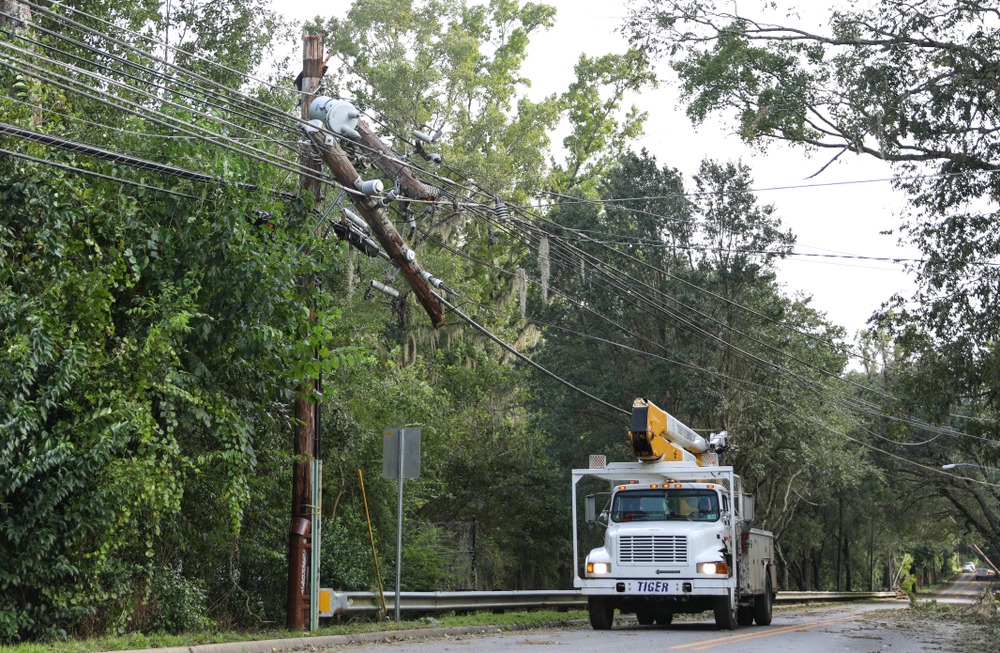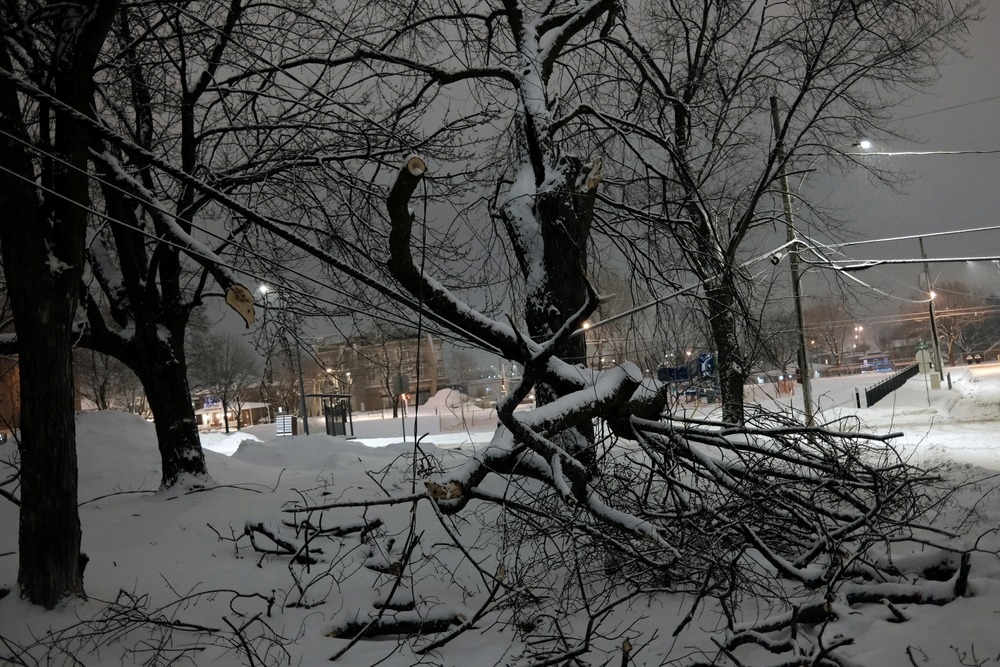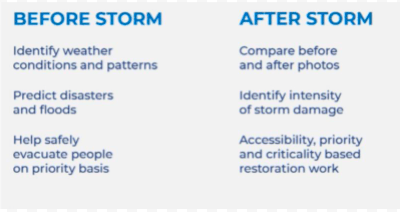
As the effects of climate change, such as the increasing frequency and intensity of storms of all kinds, affect the world, vegetation risk mitigation is drawing increased scrutiny by utility stakeholders. As storms uproot vegetation and wildfires ravage the forests, it is no surprise that identifying hazard trees and reducing risk has become a top priority for those in vegetation management operations.
Vegetation is everywhere: around buildings, from corporations to governments to schools; next to roadways; and under and adjacent to utility lines. Minimizing risk around these areas is essential.
Risk mitigation is the practice of identifying and reducing potential risks on any job by developing a plan to identify, eliminate, manage, or limit exposure as much as possible. This idea is not new to the world of corporate strategy, but it has only recently become a top priority within utility vegetation management.
What is vegetation risk mitigation?
More than just planning ahead to reduce risk of potential disasters, vegetation risk mitigation also considers what to do after an inevitable disaster occurs. This means evaluating the post-disaster situation, implementing emergency plans, prioritizing actions, and taking steps to reduce and repair damage.
A utility may harden their grid through a particularly wooded area, and a business may harden its buildings with hip roofing and reinforced doors and windows. That’s risk prevention. But vegetation risk mitigation plans also need to be in place in advance of disaster events, to ensure the next storm does not cause a vegetation related outage.
What happens when risk prevention is not enough?
Ideally, putting vegetation risk prevention measures in place would keep the next wildfire or outage from occuring. Risks would be completely avoided. Tree health management, including identification and removal of hazard trees around utility lines, for example, should keep a utility safe from sparking wildfires. While this step is an essential safety measure, unfortunately, assessing miles upon miles of transmission and distribution lines is a gargantuan task. Plus, there are a bevy of other causes of wildfires, as well as other disasters delivered via storms, floods, and droughts. And it’s not just a few spans of transmission or distribution lines that are affected.
Consider a storm that snaps wooden poles and blows hazard trees into essential distribution lines, taking down a massive portion of the power grid. If vegetation risk mitigation plans are not in place prior to this situation, resulting customer interruptions will be massive and long-lasting. The negative effects across the board to both customer homes and businesses will disrupt not just business continuity but lives.
Vegetation risk mitigation is what softens the blow.
In the above situation, vegetation risk mitigation would ensure that plans and systems are in place to prepare an organization for the worst. The aim would be to support grid resiliency — to quickly reverse vegetation-caused outages and avoid potentially long-term effects.
Let’s take a look at how vegetation risk mitigation would play out in urban and forest settings.
Where vegetation risk mitigation helps in urban environments
In an urban setting, vegetation is often considered an afterthought, something added for beauty and aesthetics. In fact, it plays a much larger role, improving air quality and bringing cooling to cities, which are often 10-15 degrees hotter than surrounding areas.
In fact, in many rapidly growing cities that do not take care to preserve vegetation, open space, and waterways, will see a correlation between the decrease of such spaces and the increase in flooding.
Assessing hazards in urban settings falls under risk prevention. Are there any danger trees — trees that are dead or dying that may compromise power or structures? While hazard tree detection is important prior to a disaster, it is also part of vegetation risk mitigation during and after a disaster. Did a wildfire reach the urban area and damage trees before it was stopped? Or has flooding done similar damage, uprooting vegetation into precarious positions that can and will bring down power lines if not addressed? Mitigation would include prior planning to ensure crews can reach the hazard trees on the fly.
Where vegetation risk mitigation serves forest environments
In forests, wildfires, disease, and infestations of pests, such as the pine bark beetle or emerald ash borer, are top focuses of risk prevention efforts. But even the most meticulously managed silviculture practice that grows and cultivates trees for the timber industry will suffer wildfires due to lightning strikes and human activity. And when vegetation is not controlled around distribution lines that run through forested areas, utilities find themselves responsible for wildfires — in fact, six of California’s most destructive wildfires were caused by power lines.
Forest managers may enact controlled burns, while utilities strive to plan trim cycles and ID hazard trees. But when wildfires make it through these prevention efforts, vegetation risk management, including wildfire mitigation, is essential. Vegetation risk management plans can address clearing of critical transportation routes and structures that abut disaster areas. They can enable passage for emergency vehicles to tackle storm damage and advance wildfire mitigation, ultimately reducing emergency management costs.

What is the best approach to vegetation risk mitigation?
In a word: plan.
Plan for the worst.
Ask: What can be done to mitigate risk caused by vegetation before, during and after the disaster?
Vital data for vegetation risk management around storms:

One tool that can do much of the heavy lifting on this front is a satellite and AI solution. With remote sensing imagery and AI to interpret the findings, this solution can inform solid vegetation risk management plans.
Real-time images allow assessment of risks vegetation may cause, giving professionals situational awareness to act efficiently. AI can predict the extent of vegetation-related damage and plan appropriate mitigation activities.
The first 72 hours after a disaster are the most critical. AI can assess pre- and post-disaster imagery to identify and set priorities, allowing resources to be gathered and deployed effectively.
Organizations that take the next step beyond vegetation risk prevention to plan for vegetation risk mitigation, will find themselves ready to handle the difficulties a disaster event presents.
Click here for more information about AiDASH vegetation risk mitigation solutions.
The best collection of tools, tips, guides, and industry stories – straight to your inbox.
Subscribe to our newsletter

